Title 24 regulations play a crucial role in ensuring energy efficiency and sustainability in building construction across California. But what exactly is Title 24, and how does it impact Accessory Dwelling Units (ADUs)? In this article, we’ll explore the essentials of Title 24 requirements as they pertain to ADUs, answering common questions and shedding light on key aspects you need to know.
What is Title 24 in California?
Title 24, also known as the California Building Energy Efficiency Standards, is a set of regulations established by the California Energy Commission (CEC). Its primary goal is to promote energy efficiency, reduce greenhouse gas emissions, and enhance the overall sustainability of buildings within the state. Title 24 encompasses various aspects of building design, construction, and performance to ensure that structures meet stringent energy efficiency standards.
Does an ADU need Title 24?
Yes, ADUs are subject to Title 24 requirements in California. While some requirements may vary based on factors such as the ADU’s size, location, and existing building conditions, it’s crucial to understand the key aspects of Title 24 that apply to accessory dwelling units. Your ADU designer or architect should also be extremely versed in this topic.
Examples of Title 24 Requirements for ADUs
- Whole House Fan: Title 24 often mandates the installation of a whole house fan in ADUs. These fans promote natural ventilation by drawing cool air into the living space, reducing the reliance on air conditioning and enhancing indoor air quality. Whole house fans cost around $1.8K and are installed in the ceiling typically in a central location within the ADU.
- Electric Heat Pump Water Heater: A specific type of water heater which is energy efficient and provides the same utility of a conventional gas burning water heater. These are often required in order to satisfy the efficiency rating calculations specific to an ADU project. Electric heat pump water heaters are included as standard in our ADU construction package.
- Minimum Solar Requirement: Under certain circumstances, Title 24 may impose a minimum solar requirement for ADUs. This entails the installation of solar panels to offset a portion of the ADU’s energy consumption. Read more about solar requirements for ADUs and whether your project will be required to have solar.
- Insulation Requirements: Depending on the location of the ADU and the roof/wall design, insulation requirements may vary. An example of this would be a requirement for insulation to be attached to the underside of the roof as well as directly on top of the drywall ceiling, effectively increasing the efficiency of the attic space above the living quarters. Other examples may include radiant barrier roof sheathing, rigid insulation at the exterior walls, or higher R-value batt insulation throughout. The cost for additional insulation is often minimal ($1-$2K).
- HERS Testing: HERS (Home Energy Rating System) testing is required for ADUs to assess their energy performance. A certified HERS rater conducts a comprehensive evaluation of the ADU’s energy efficiency features, including but not limited to the insulation, HVAC systems, windows, and overall building envelope. The primary focus of this testing is to ensure that the systems that have been installed meet the project-specific requirements set forth by Title 24. HERS Testing is included as standard in our basic ADU construction package.
Title 24 Compliant Design
There are two methods for achieving project specific Title 24 compliance in California. The Prescriptive Method and The Performance Method.
Prescriptive Method
The simplest approach to Title 24 compliance where each individual component of the proposed building must meet a prescribed minimum energy requirement. The prescriptive approach is the least flexible yet simplest compliance path. It is simple because an applicant need only show that a building meets each minimum or maximum level prescribed in the set of requirements contained in a package. Unlike the performance method the prescriptive method imposes an upper limit on the number of windows allowed. The prescriptive method is not recommended for new homes or larger additions, and can result in higher construction costs.
Performance Method
The use of Energy Commission-approved computer methods provides the most flexibility and accuracy when seeking Title 24 compliance. Detailed accounting of energy trade-offs between measures is possible with this compliance approach. While this approach requires the most effort, it also provides the greatest flexibility. The computer program automatically calculates the energy budget for space conditioning. The budget is determined from the standard design, a version of the building, which is upgraded or downgraded to achieve minimum compliance with the prescriptive package conservation features. This is most commonly used in ADU design/construction and is the method that we use here at SnapADU.
Navigating Title 24 Compliance for ADUs
Ensuring compliance with Title 24 can be a complex process, especially when it comes to ADUs. To navigate these requirements successfully, it’s recommended to work with a knowledgeable ADU builder or energy consultant who can guide you through the process. They will assess your specific ADU project, determine the applicable Title 24 requirements, and help you design and construct an energy-efficient ADU that meets the standards.
Understanding Title 24 requirements is essential for anyone planning to build an ADU in California. By complying with these regulations, you not only contribute to the state’s energy efficiency goals but also create a sustainable and comfortable living space. Remember to consult with professionals who are well-versed in ADU construction and Title 24 compliance to ensure a smooth and successful ADU project.
Consulting with seasoned professionals is essential
The insights shared within this article are rooted in our extensive background in the design, permitting, and construction domains, as well as our comprehensive understanding of local and state regulations as they stand today. However, it’s essential to remember that regional regulations and their interpretations might differ. Our commitment to our clients involves anticipating potential scenarios to provide accurate budget and scope advice. Our ultimate goal is to eliminate unforeseen surprises in costs or procedures. Ideally, the only surprises should be the ease of the process and the exceptional outcome of the completed accessory dwelling unit.
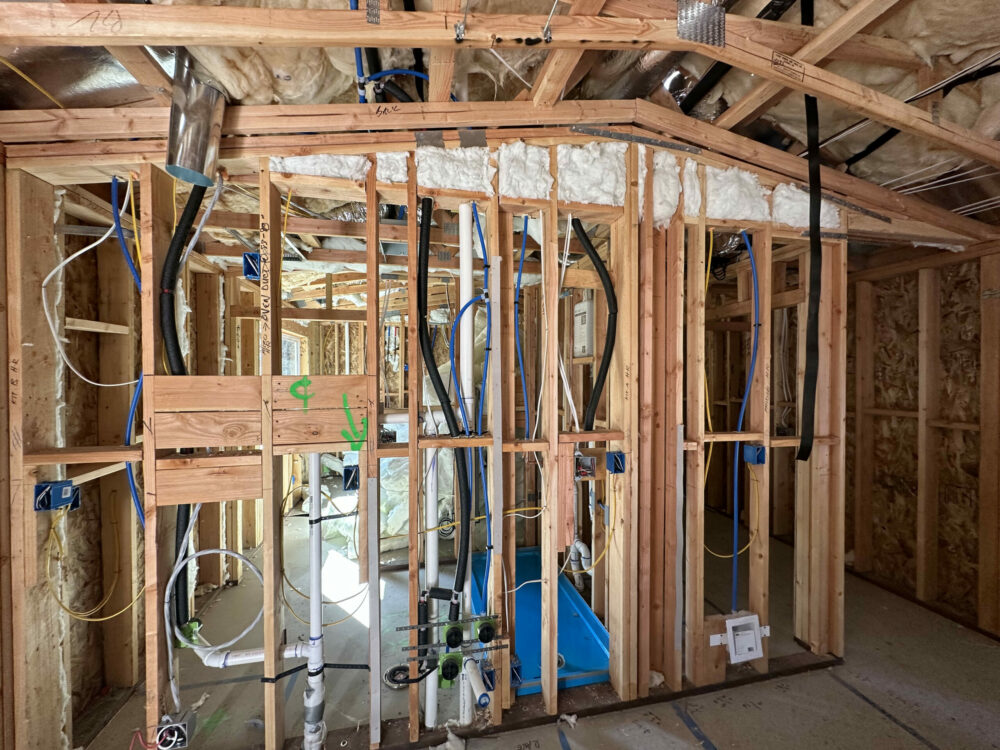
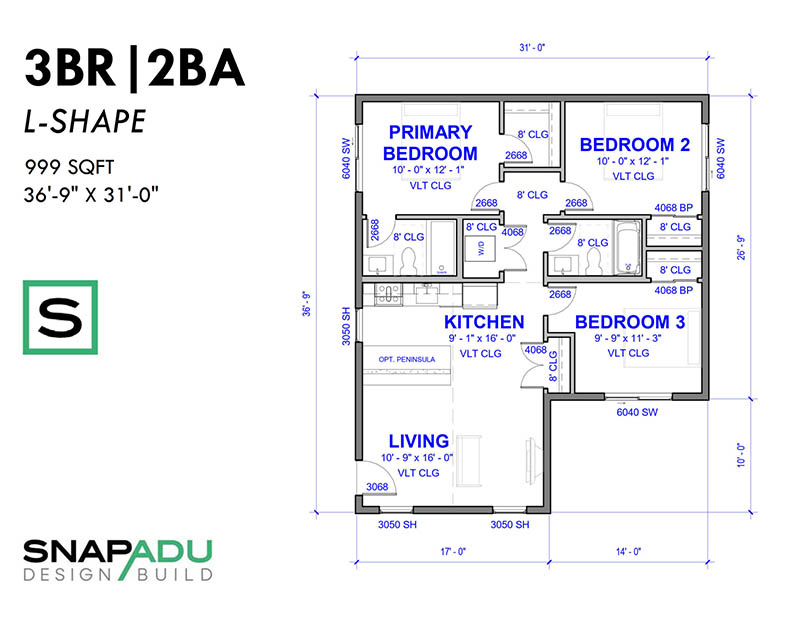
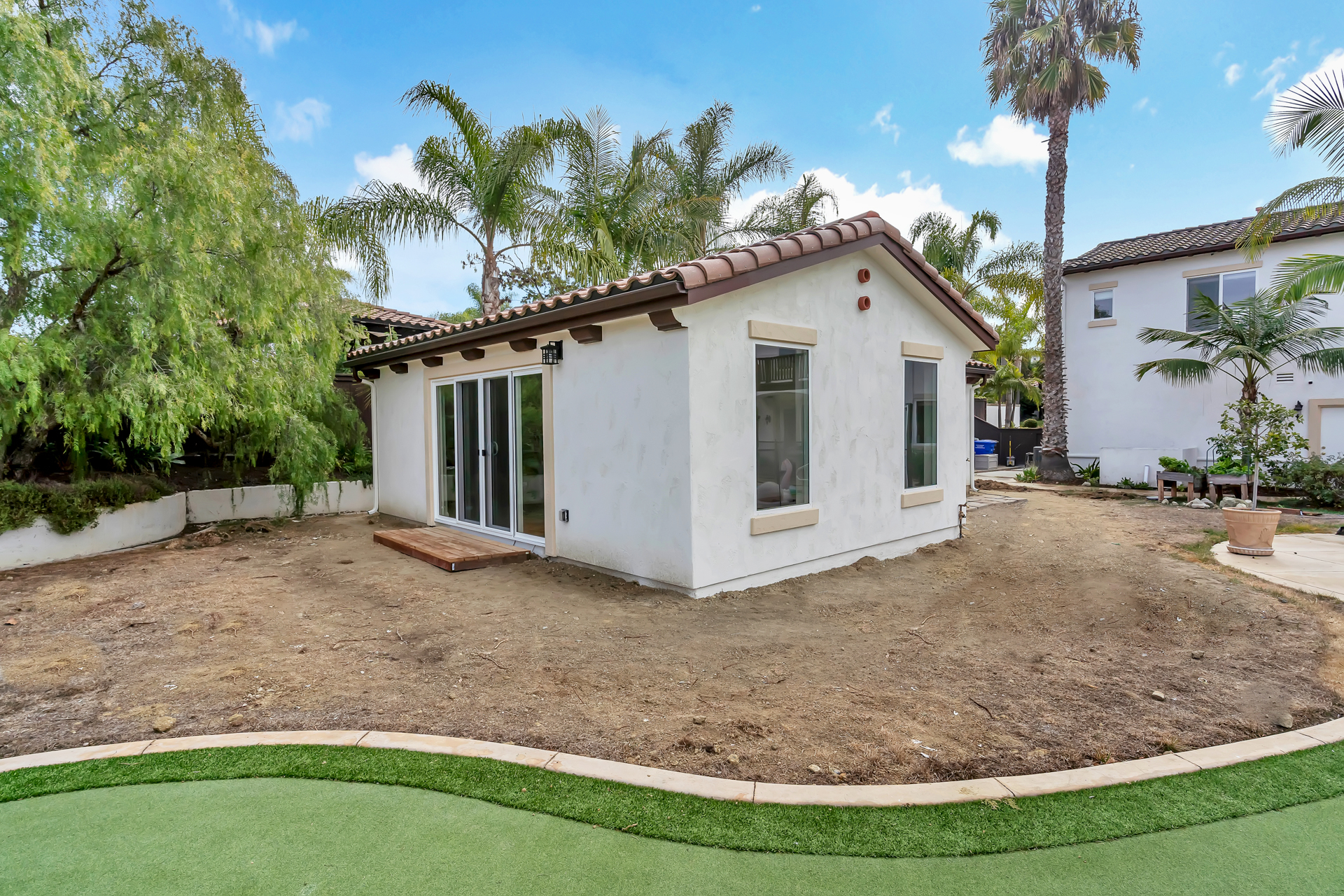
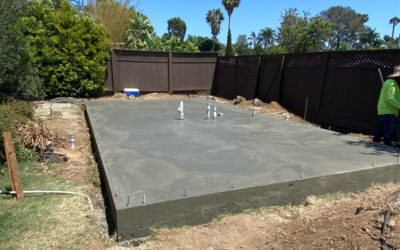
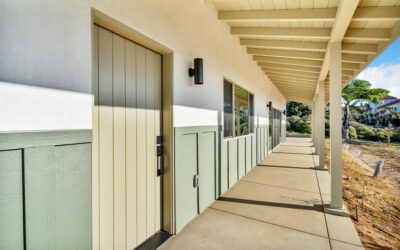

0 Comments